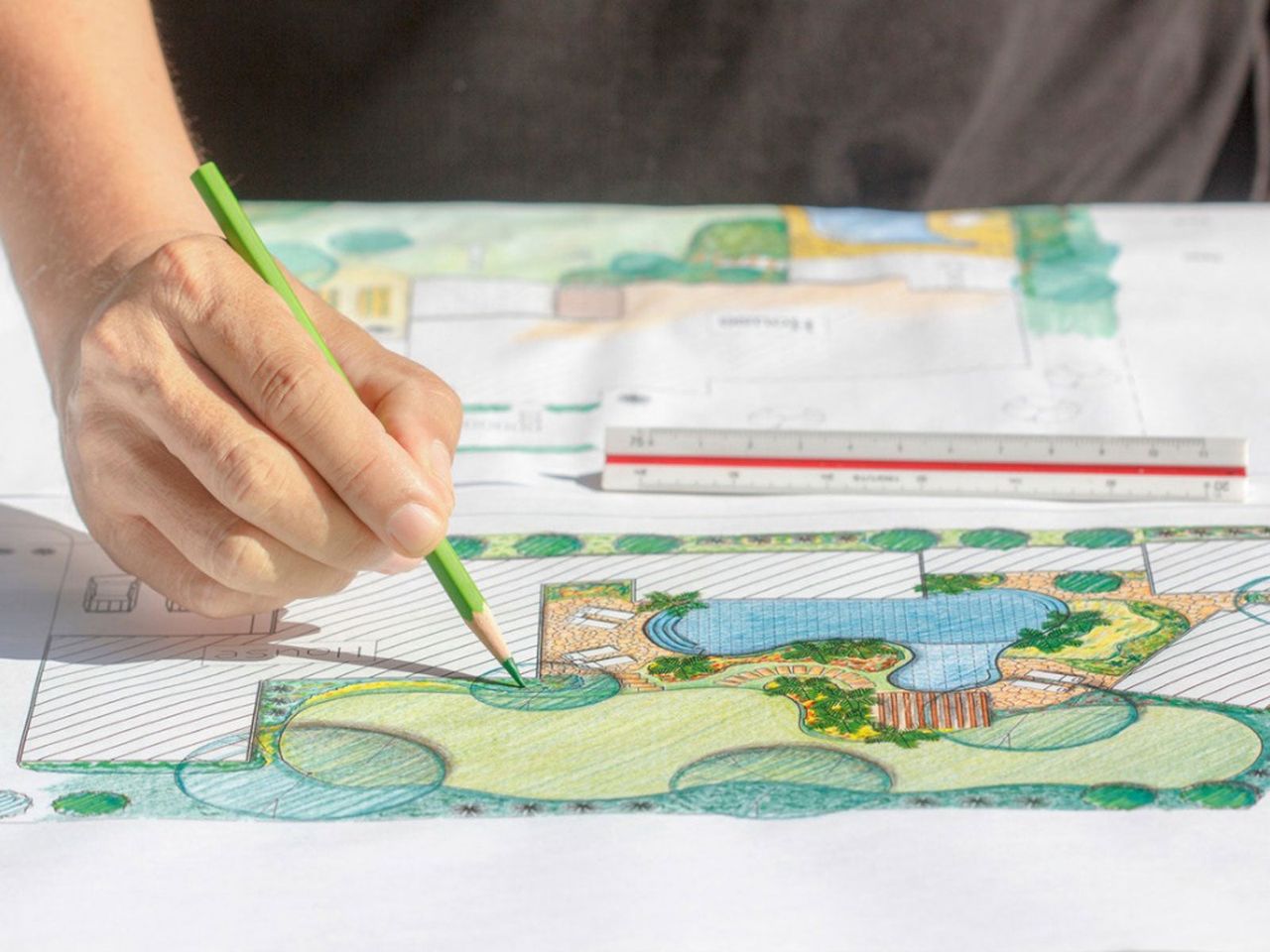When To Start Garden Plans – Learn About End Of Season Garden Planning


The end of the growing season can be both rewarding and sad. All your hard work has resulted in a beautiful garden and maybe vegetables, herbs, and fruits you can enjoy in months to come. End of season garden planning is your next task. Clean the dirt out from under your fingernails and head indoors to dream and plan next year’s garden.
When to Start Garden Plans
Garden planning in winter (or even fall) is the perfect balm for the dreary season. Of course, there is no wrong time to start planning for the coming spring, but don’t leave it too long or you’ll be rushing.
This down time is the perfect time to prepare for what comes next. There isn’t much you can do out in the garden, but indoors you can assess, plan, and purchase.
Tips for Planning Next Year’s Garden
Start by assessing the garden that has just gone dormant. Reflect on what you liked about it, what didn’t work, and what you wish you had done differently. Maybe you found a great tomato variety you want to use again. Perhaps your peonies didn’t like being transplanted and need something to fill in that void. Do some reflecting now so you remember what worked and what didn’t. Then dig in and make those plans.
- Do some research and get inspired. This is a great time to dream about what could be. Leaf through seed catalogs and garden magazines to get ideas and find new varieties to try.
- Make a list. Now make a master list of plants. Include those that will stay put, like perennials, those you need to remove, and any annuals like vegetables and flowers you want to grow.
- Make a map. A visual tool is so helpful. Even if you don’t expect to change much about the layout, map out your garden to look for places that could be improved or spots for new plants.
- Order seeds. Make sure you have your seeds ready to go in time to begin starting them ahead of the last frost of spring.
- Make a planting schedule. With a list, map, and seeds you’re ready to make a real plan. When will you do what? Considering frost dates and when certain plants should be started, create a schedule to keep your work on track.
- Buy materials. Check up on tools, potting soil, seed trays, and make sure you have everything in place when it’s time to start planting.
Gardening tips, videos, info and more delivered right to your inbox!
Sign up for the Gardening Know How newsletter today and receive a free copy of our e-book "How to Grow Delicious Tomatoes".

Mary Ellen Ellis has been gardening for over 20 years. With degrees in Chemistry and Biology, Mary Ellen's specialties are flowers, native plants, and herbs.